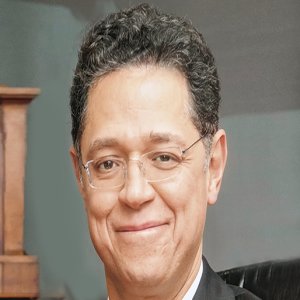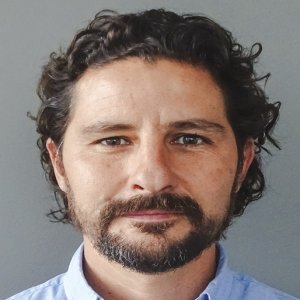A Ray of Sunlight After the Storm

STORY INLINE POST
Baja California Sur’s interest in solar energy dates back to the 1970s, when the first solar-powered seawater desalination plants were installed on the peninsula. The state is also the region where Aura Solar I, the first utility- scale solar park in Mexico and the largest in Latin America at the time of its construction in 2014, is located. But solar energy development in the region has not followed a straight path, something the state’s government expects to tackle through its newly created Energy Department.
“We used to have a department for rural electrification before the reform but the new energy landscape motivated the current administration to create an energy department in January 2016. We take care of all the processes and analyses needed to capitalize on the opportunities in renewables and energy efficiency, enhancing Baja California Sur’s energy security,” says state Energy Director Luis Soliz.
The task assigned to his department is no piece of cake. Baja California Sur must overcome several challenges to take advantage of its great solar resources, including local conditions such as climate and the peculiarity of being isolated from the National Interconnected System and the National Pipeline System. “The climate conditions of the state are challenging for renewable project developers, particularly as we are frequently in the path of hurricanes. This was a huge problem for Aura Solar I, the 30MW solar park in La Paz, when Hurricane Odile severely damaged the plant in September 2014, just six months after it started operations. It has not been active since,” Soliz says.
The experience put an exclamation point on the need to prepare for contingencies. The government wants to install PV solar systems on public rooftops, all covered by an annual insurance policy protecting the investment from climate-related events. The policy was selected on the advice of the IADB and offers attractive terms that are not at odds with the project’s profitability, according to Soliz. Even with the climate risks, the Director says solar energy continues to be profitable in Baja California Sur. The state has one of the highest electricity tariffs in the country as well as great solar irradiation, both attractive features when investing in solar power.
Besides preparing for potential natural disasters, the department must think ahead in case solar production increases considerably in the state. “The peninsula’s grid is not connected to the National Interconnected System, which complicates the incorporation of higher shares of renewables into the power network because we do not have the ability to send surplus energy to other regions. CENACE has imposed a 60MW limit on the amount of renewable generation capacity we can connect to the grid, which limits the expansion of renewable energy capacity,” Soliz says.
To prove that Baja California Sur’s power network can, in fact, stand higher shares of renewables, Soliz says his department is working on analyzing different scenarios with the support of the Latin American Regional Climate Initiative (LARCI), the Mario Molina Center and the Mexican Institute for Competitiveness (IMCO), among others. According to Soliz, the increase of renewable energy capacity should couple with a reliable baseload capacity, which is why his department is also focusing on analyzing the best technologies to ensure Baja California Sur’s baseload supply. Most of CFE’s plants in the state run on fuel oil, an expensive and polluting fuel that impacts negatively on the region’s air quality. Shifting to natural gas, however, is complicated because the region does not have the necessary access to the National Pipeline System.
“Improving the air quality of our cities is the main driver for CFE and the state’s government to support the transition to cleaner energy. CFE has already defined a plan to increase the availability of natural gas in the peninsula. The guideline for the first tender says that natural gas transportation services to power plants in Baja California Sur must start in September 2019 at the latest,” he says. Soliz expects to raise the amount of renewable energy capacity in the state’s energy mix from two to 60MW in the medium term.
























